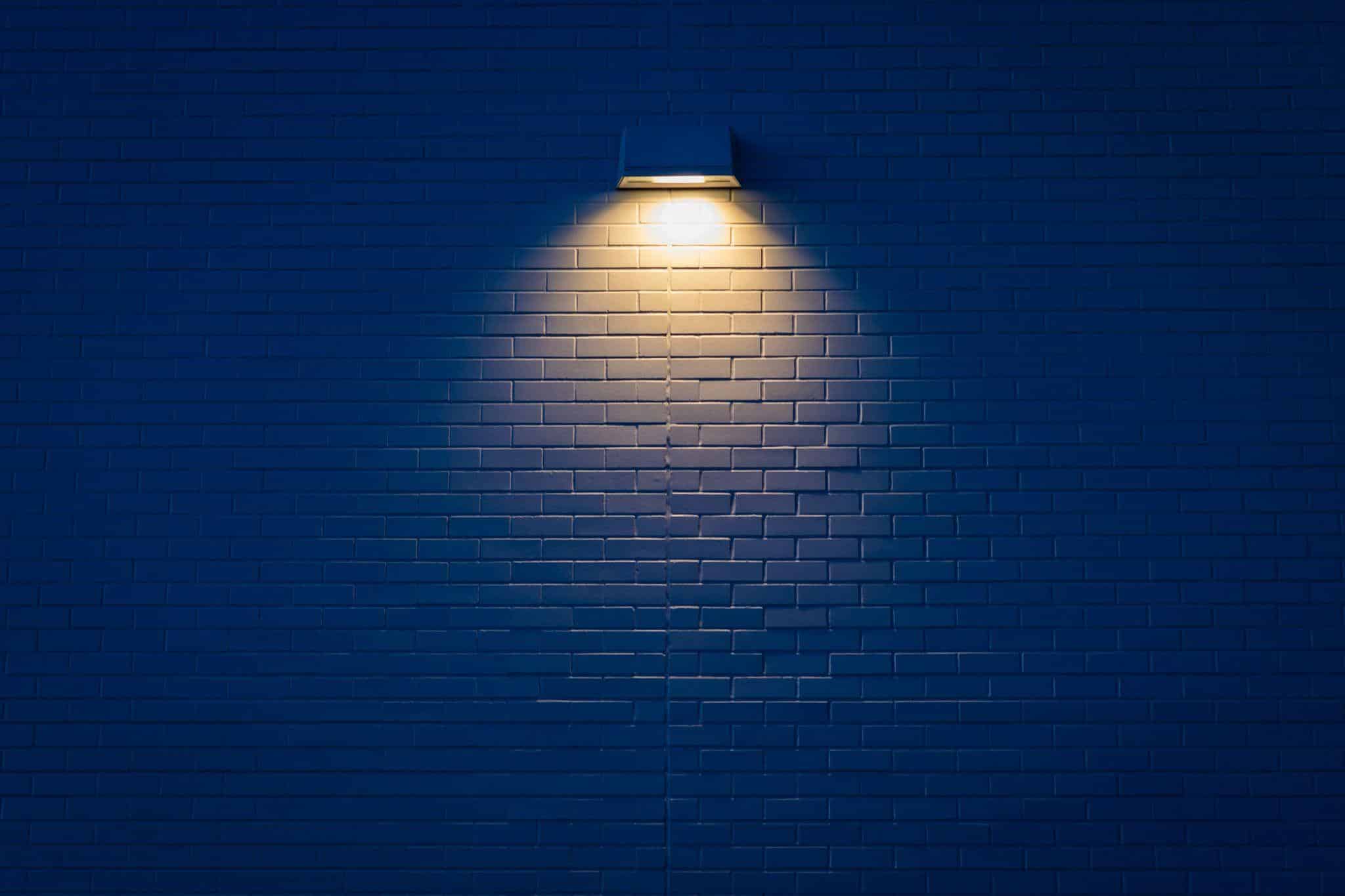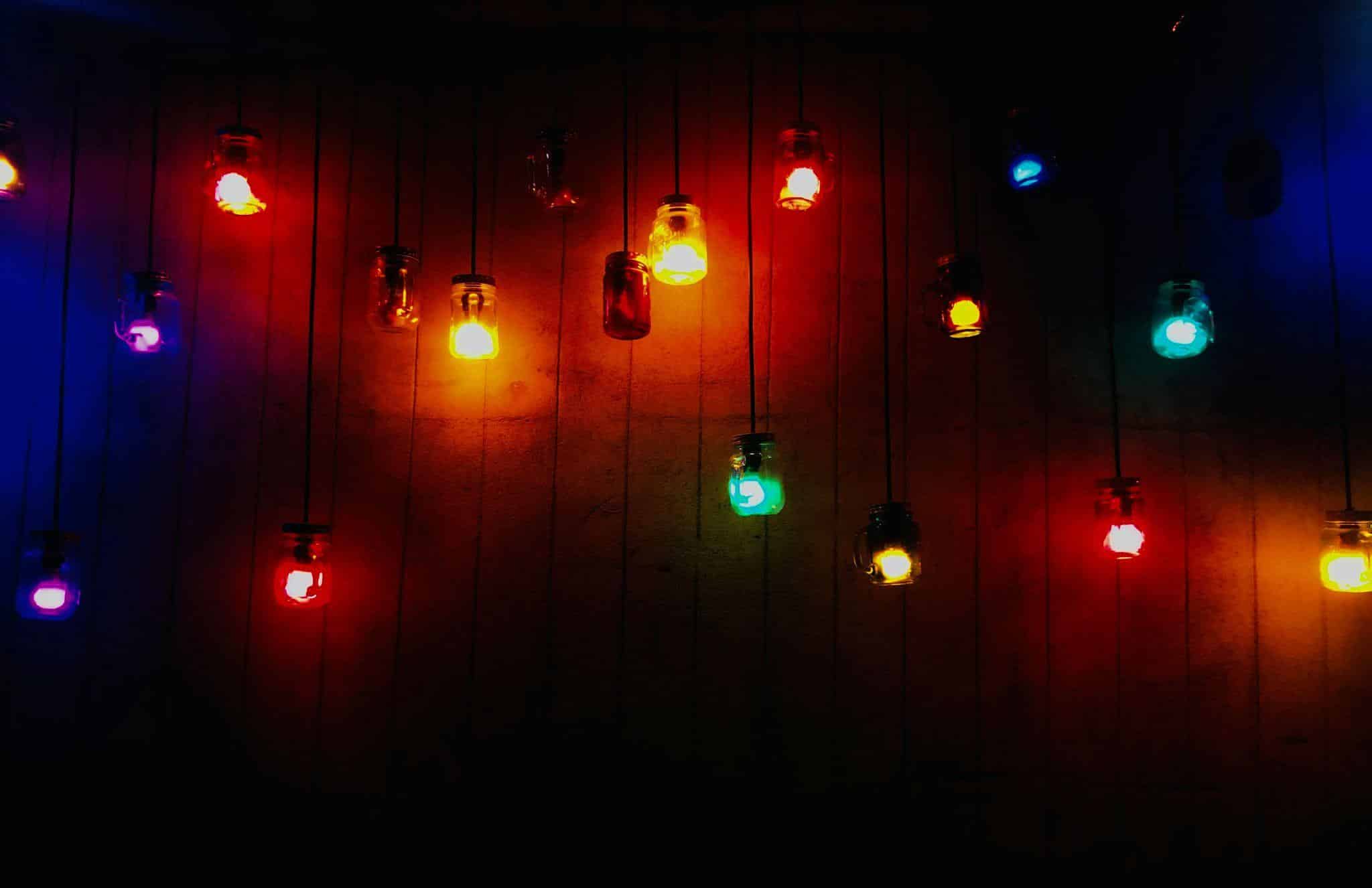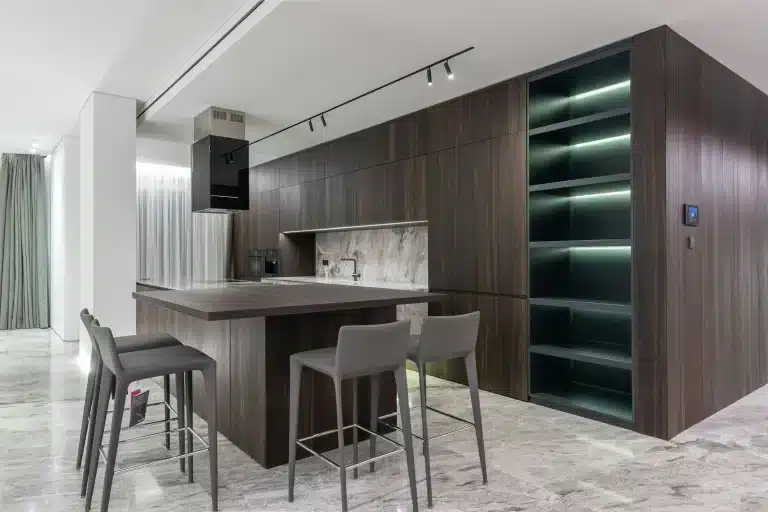Designing your dream home can be a tough project, but when you understand how to use color and lighting in your home, you can create a beautiful and harmonious living space.
The principles of feng shui emphasize the importance of these elements in influencing the energy, or “chi,” within a home. You can transform your living environment into a sanctuary of positive energy and tranquility by effectively utilizing color and lighting.
The Power of Color
Understanding how color plays a crucial role in setting the mood and ambiance of a space is the first step in creating balance. This can get complex when you realize that each color carries its own unique energy and can evoke different emotions.
In feng shui, colors are used to balance and harmonize the energy in a room. You can see this with warm colors like red, orange, and yellow, which are believed to stimulate and energize. This makes them ideal for social interaction and activity, making them a good color choice for places like the living room or kitchen. On the other hand, cool colors like blue, green, or purple are great for bedrooms because they promote relaxation and calmness.
When selecting the colors for your home, consider the purpose of the room and the energy you want to cultivate. Neutral colors like beige, white, and gray can serve as a versatile backdrop, allowing you to introduce pops of color through accessories and decor.
Lighting for Ambiance and Functionality
Lighting is another essential element in creating a balanced and harmonious home. If you know how to use good lighting well, you can enhance the aesthetics of a space, highlight architectural features, and improve overall functionality. In feng shui, lighting is associated with the fire element, representing energy, passion, and activity.
Natural light is considered the best lighting source, as it brings in the vitality of the outdoors and promotes a healthy flow of energy. Maximizing natural light can be achieved by keeping windows clean, using sheer curtains, and strategically placing mirrors to reflect light into darker areas of the room.
If you want to go beyond this, using artificial light can further enhance the ambiance of your home. Layered lighting, including ambient, task, and accent lighting, can create a dynamic and flexible environment. This trifecta will allow ambient lighting to provide overall illumination, task lighting to focus on specific activities such as reading or cooking, and accent lighting to highlight artwork or architectural features.
Lastly, when choosing light fixtures, consider their design and the type of light they emit. Soft, warm lighting can create a cozy and inviting atmosphere, while bright, cool lighting can make a space feel more vibrant and energetic.
Balancing Light and Color
The interplay between light and color is crucial in achieving a harmonious home environment. Light can enhance or alter the perception of color, so it’s important to consider how your lighting choices will interact with your color scheme. For example, warm lighting can intensify warm colors, creating a cozy and intimate feel, while cool lighting can make cool colors appear more vivid and refreshing.
To create a balanced and harmonious space, experiment with different combinations of color and lighting. Pay attention to how natural light changes throughout the day and how it affects the colors in your room. Use artificial lighting to complement and enhance the natural light, ensuring that each area of your home is well-lit and inviting.
Creating Balance in the Home
By thoughtfully integrating color and lighting into your home design, you can create a space that not only looks beautiful but also promotes positive energy and well-being. Embrace feng shui principles to guide your choices and transform your living environment into a sanctuary of harmony and balance.












